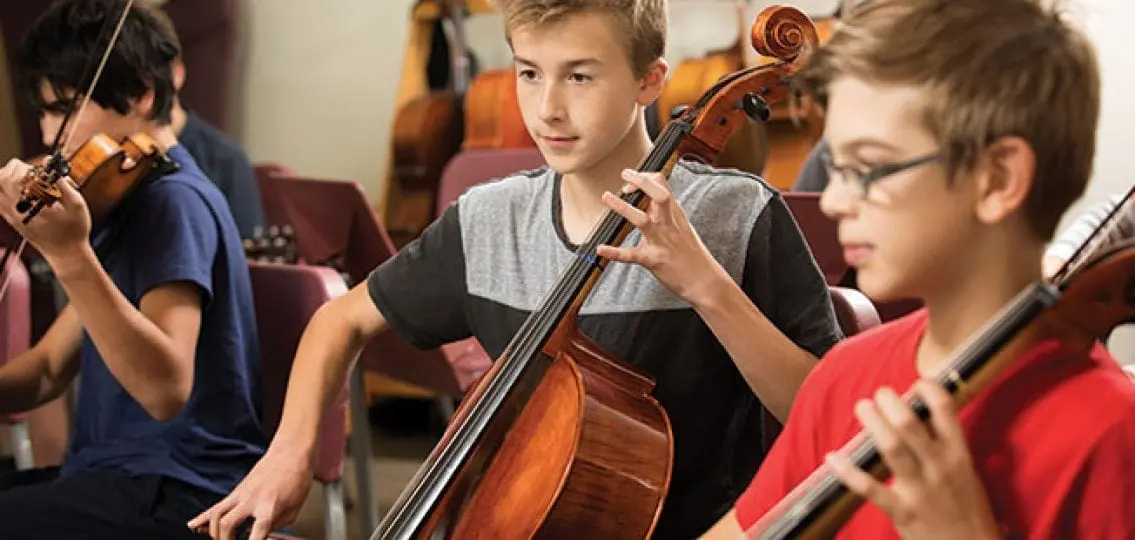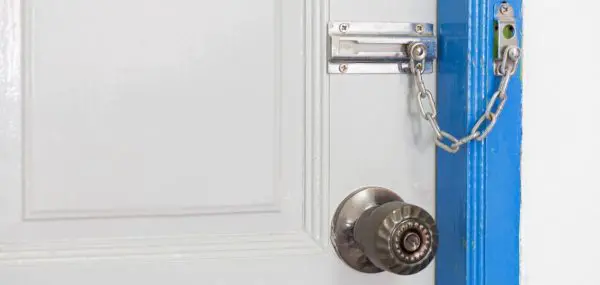When my son was ready to join the big leagues of middle school, I worried. How would he juggle so many classes? And now that he’d have more say in choosing them, what if he picked the wrong ones?

It turns out my son was well-prepared for the step up. But when it came to course selection, he did make mistakes—thanks to me.
When he floated the idea of giving up orchestra, for example, I was surprised. I encouraged him to stick with it. However, I’d failed to see that my son had fallen out of love with playing the bass. If he’d taken alternative electives, he might have discovered other interests, if only I’d butted out.
The truth is, it can be hard to know when to steer kids and when to step back, especially regarding how to choose electives in middle school.
How to Choose Electives and Classes in Middle School:
Give your kids a voice.
It may not be immediately obvious, but kids this age have already started demonstrating more independence. “Typically, by fifth grade, children are orienting more attention to their peer group and prioritizing where their interests lie,” says Michelle Harris, director of Hawken Middle School in Lyndhurst, Ohio, who also has a Ph.D. in clinical psychology. “Now is an important time to let kids flex a little independent muscle. Ask open-ended questions about what appeals to them, and say, ‘Tell me more about that.’”
By allowing a child to work through the process, Harris notes, you’re giving them lifelong skills to make good decisions.
| [adrotate banner=”202″] |
Even when you feel strongly about a subject or activity, a little parental flexibility can go a long way. “Let’s say the arts are highly valued in your family,” says Harris. You can encourage your student to take advantage of those offerings. “However, the more agency a student has within that framework—giving them a choice like piano or flute, or ballet or jazz—the closer you’ll be to your ultimate goal of setting your student up for success.” Learning to navigate their own path is part of that process.
[adrotate banner=”52″]Naturally, all parents want to help their kids be well-positioned for a bright future, but parents shouldn’t fear their student taking risks, especially in middle school. “It’s important to let a child choose a class where they can go each day and truly cultivate an interest of their own,” says Jenmarie Eadie, a licensed clinical social worker and child and family therapist in Upland, California. “And you never know—that one class might lead to a lifelong passion.”
Step back—but not too far.
During the middle school years, parents will find that teens can seem very self-sufficient one day, and completely needy the next. “At this age, there is a dance between kids being independent and wanting to still be connected with you,” says Eadie. “Be available for cuddles and time together as they’re adjusting.”
This back-and-forth is a normal part of adolescent development, says Harris. “Growth is jagged. Middle schoolers may be very accelerated academically, but a couple of years behind in their social development,” she says. “We can’t hyperfocus on one area, or it creates pressure on students that isn’t useful. We have to give students opportunities to grow all their different aspects.”

Today, the bass is so far in the rearview mirror, I can’t believe I ever stressed about my son giving it up. When he decided to drop ice hockey after middle school, I was smarter this time; I listened, and let it go. Now when he’s on the trails running cross-country on a beautiful sunny day, I know he has what I wish for him most: happiness.




